All businesses establish at least the basic structure of a brand when they launch. But what happens when that brand no longer fits the product or business? Or when that brand can’t keep pace with and differentiate from the competition? It may be time to rebrand.
Bringing up the idea of rebranding can be met with a lot of resistance. One reason is that it can feel easier or more cost-effective to continue using the old branding than to conduct an overhaul of the entire brand identity. It’s also easy to get attached to the original, familiar concepts of the brand and put off the redesign process.
The reality is that the world is continually changing, and what was once visually successful won’t work forever, and might not even be working right now. Approaching your brand with a “good enough for now” mentality may keep things afloat in the short term, but the brand will eventually decay. The brands with the longest lifespans are the ones that are able to evolve.
What is Rebranding?
Rebranding can include a logo revamp, redesigning a product or service, revising your entire visual aesthetic, and/or completely restructuring your brand with an updated value proposition, positioning strategy and visual identity. In all cases, it’s important to determine the goal of the rebrand and how it helps meet the changing preferences and needs of the brand’s target audience.
All successful brands had to start somewhere. Looking back at a well-known brand’s humble beginnings can provide some perspective on the long-term value of rebranding.
Let’s look at Google. Today it’s one of the most iconic brands, so it’s easy to forget that the tech giant we know today wasn’t always Google. Founders Larry Page and Sergey Brin initially named the company BackRub. When that wasn’t sticking, they changed it to Google. Same company, completely different identity.

Visually, the Google logo was pretty far from the one we see today. While the initial concept and effect of the original 1997 logo has remained, it has gone through quite a few updates to keep pace with the company’s continual growth and innovation. While these iterations aren’t complete rebrands, they show Google’s constant attention to how their brand and visual aesthetic are linked in the context of a changing world.
Google’s brand managers have to make judgment calls about when it’s time to start another visual brand update. Similarly, organizations of every size and across every sector have to pay close attention to the clues below to know when to consider rebranding.
Reasons to Rebrand
It isn’t always clear when or why to launch a rebrand, so we put together a list of some of the signs that may indicate it’s time for an update.
1. Your Product or Service Has Evolved
Every product or service exists to meet a particular need for a specific customer group. Over time, the scope or focus of the product or service will likely evolve to match changing tastes, technology and other market forces. If your product or service has changed in a way that no longer fits its former visual identity, it’s time to rebrand.
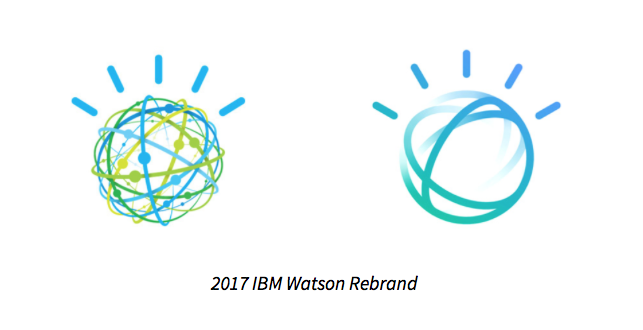
2. To Distance Yourself From Competitors
Organizations with similar markets and audiences who aren’t careful to differentiate their branding may inadvertently start to look the same to prospective customers or clients. Your brand is your opportunity to communicate what makes you different from your competition. If you need to rebrand in order to strengthen your point of differentiation, make sure you are thinking about your organization’s long-term unique purpose, and not just reacting to trends among the competition.
Both Box and Dropbox, companies whose services are essentially the same, have evolved their brands to adhere to their specific target audience needs. Box is a very popular choice for enterprises, where Dropbox has dominated the consumer market. Dropbox announced a rebrand in 2017 using the tagline, “The world needs your creative energy.” This indicates a shift to focusing on the creative industries, along with small businesses and startups. The differences between these two companies’ focus areas are heavily reflected in their visual identities.
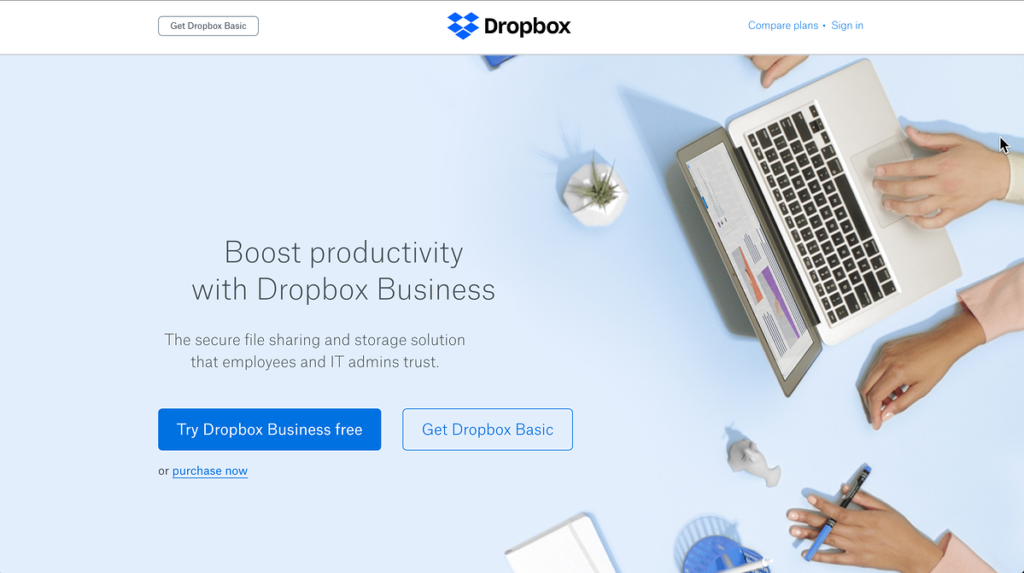

3. To Show Growth, Maturity or Evolution
Rebranding is a sign of innovation. If your brand has significantly expanded or rapidly adopted new technology, your visual identity should change to reflect this new era. Mastercard underwent a rebrand in 2016 — the first rebrand in 20 years — as the company sought to update their well-known logo for the digital age and optimize it for on-screen use. The core ideas and values behind the brand, such as connectivity, seamlessness, transparency and optimism, are still incorporated into the new logo but with a more modern look.
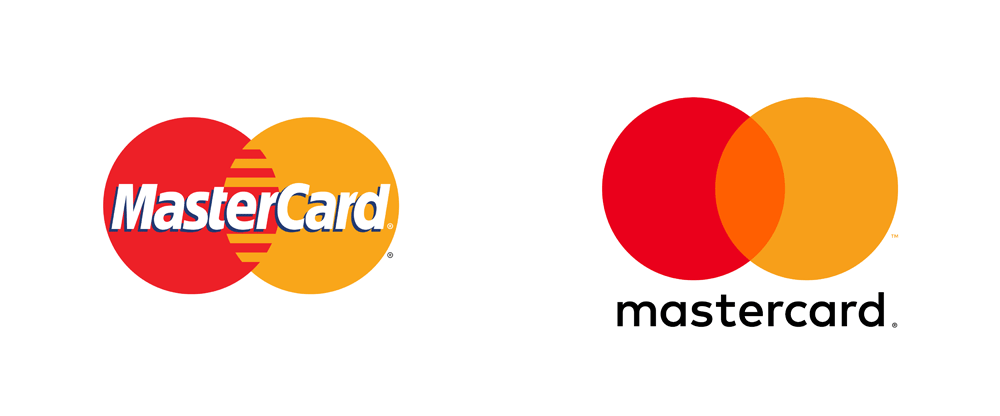
When an old visual identity starts to reach its expiration date, rebranding can strengthen your brand relevance without sacrificing the core elements that define the brand in the eyes of your stakeholders.
4. To Recover From Negative PR or an Outdated Message
Maybe you tried a full or partial rebrand and received more backlash than expected, as Tropicana did with their 2009 repackaging failure. The PepsiCo-owned fruit juice brand attempted to revamp its image with new packaging, but consumers were adamant that Tropicana revert to its old branding. The $35 million rebrand resulted in a $50 million loss.
Tropicana thought it needed to make the brand look more modern, but the new packaging confused their customers. The recognizable logo and straw poking out of the orange were gone, along with the “Pure Premium” label. Consumers also perceived the new packaging as looking like a bargain brand or supermarket label rather than a premium choice.
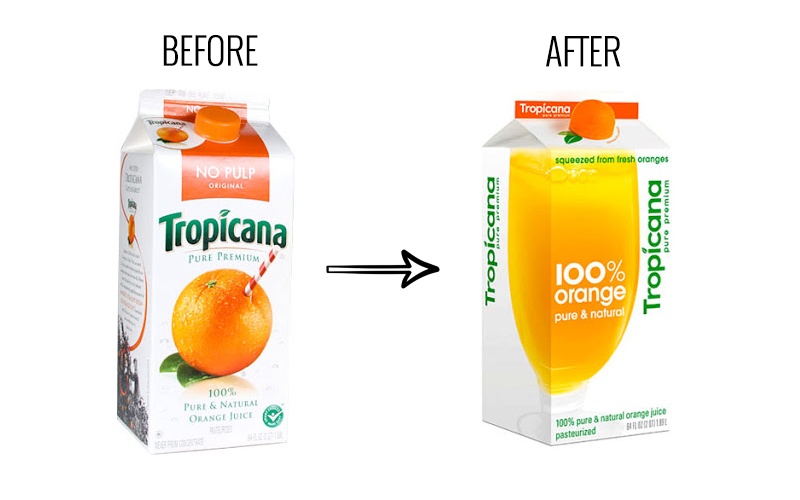
Tropicana wasn’t the only company to miss the mark with their branding. Walmart had to evolve quickly when their message and tagline no longer resonated with their target market.
In 2011, Walmart changed their slogan from “Always Low Prices” to “Save Money. Live Better.” to more closely align the brand with customer perceptions. “Always Low Prices” may have worked at one time, but soon customers began linking this slogan with the perception that low prices meant cheap, and cheap meant low-quality. Walmart recovered from this negative view by changing the slogan to “Save Money. Live Better.” The core message of affordability remained, but they took the slogan in a more positive, benefit-focused direction.
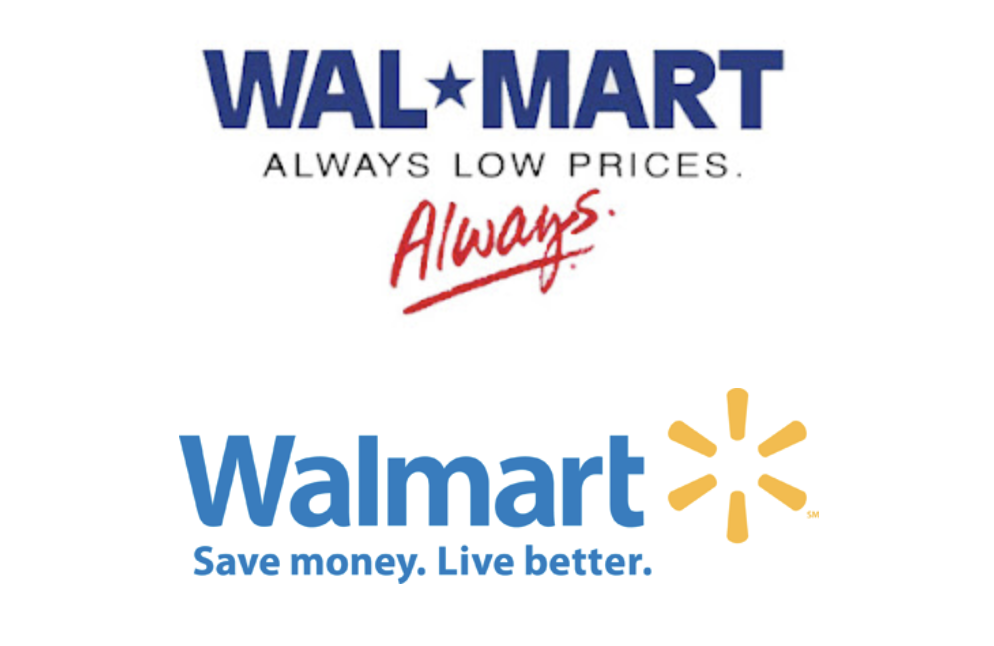
5. To Appeal to a New Audience
After a brand’s initial novelty wears off, the fight to stay relevant begins. In saturated markets where competition is high, customers may choose other options and lose the connection to your brand. In this case, going through the process of rebranding can help you refine your brand messages and forge stronger relationships with your target market, or potentially expand into new markets, as Diet Coke is trying to do.
Coca-Cola Co. announced in January 2018 that they were launching a “re-energized” version of Diet Coke aimed at the millennial market. The new packaging is meant to look sleek and emphasize the five new flavors created specifically to appeal to millennial consumers. One of the challenges of this rebrand is moving into a new market (millennials) without losing the loyalty of long-time Diet Coke fans.
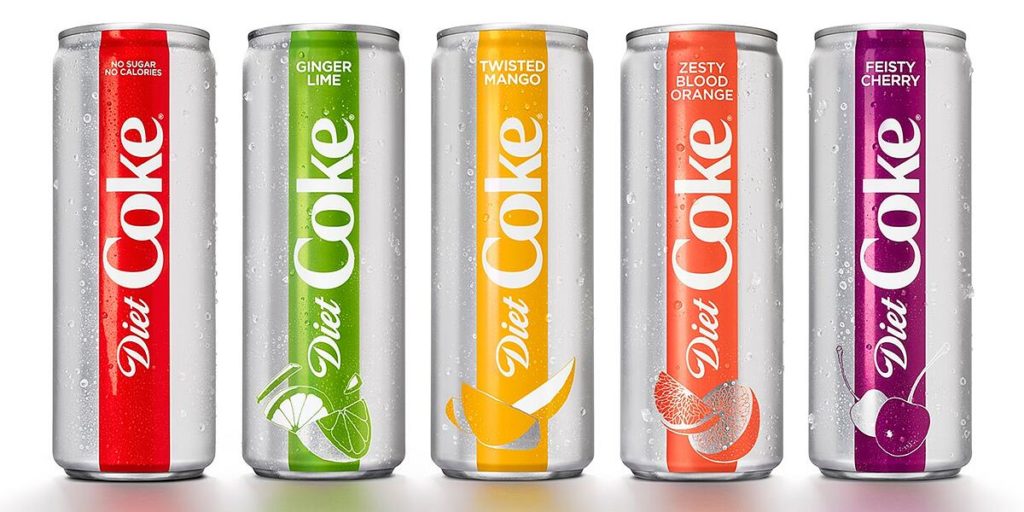
If any of the above scenarios sound like your organization, it’s worth considering the possibility of rebranding. Whether you conduct the rebrand in-house or work with an agency, it’s important to step back and approach the redesign through a holistic lens, gathering feedback from stakeholders and conducting research to inform the brand’s new direction.
When done correctly, rebranding your product, service or entire business can have a tremendous return on investment, and can be the difference between thriving or being forgotten.

LEAVE A COMMENT
Comments